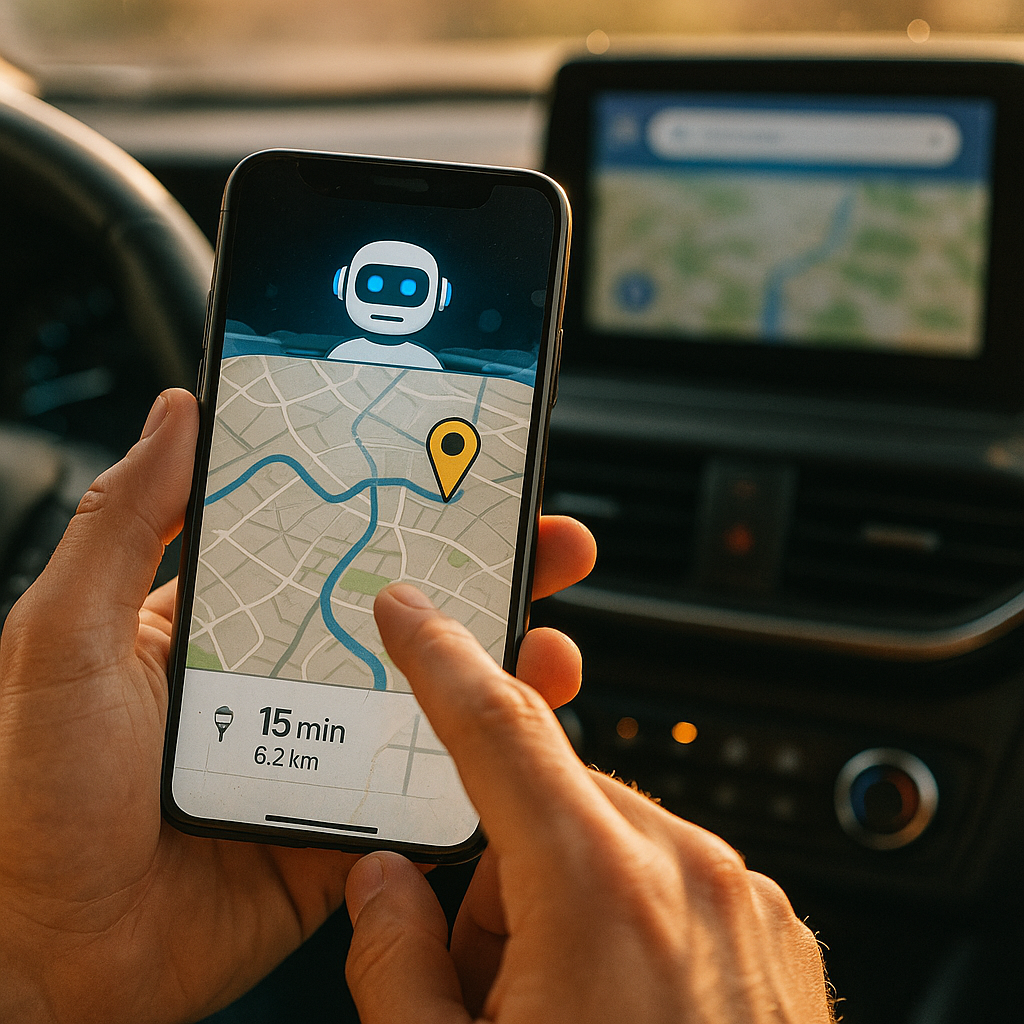Using AI to optimize website navigation for better user experience is revolutionizing how visitors find information and take action online. As artificial intelligence becomes more advanced in 2025, smart navigation design is no longer a luxury but a necessity. Wondering how to harness AI-driven navigation for greater engagement and conversions? Let’s explore the strategies that work best today.
How AI-Powered User Behavior Analysis Refines Navigation
Modern AI algorithms proactively monitor real user journeys, not just generic website analytics, to detect pain points and preferences in navigation. Instead of just knowing which pages are popular, AI can:
- Track click paths: Pinpoint where users drop off or get lost.
- Analyze dwell times: Determine which navigation options attract attention or cause hesitation.
- Segment audiences: Distinguish how different user groups interact with menus and calls to action.
By leveraging this granular data, website owners can restructure menus and on-page links with evidence, not guesswork. For example, an AI tool might recommend surfacing high-performing subpages in your main navigation if they consistently draw engaged visitors.
This data-driven approach aligns with Google’s EEAT guidelines, ensuring that navigation serves user intent—delivering trustworthy, personalized, and helpful experiences.
AI-Driven Personalization for Personalized Navigation Experiences
Personalization has become a benchmark for websites that convert visitors in 2025. With AI, navigation adapts in real time to each user’s context, offering:
- Dynamic menus: Displaying shortcuts to past visited pages or tailoring categories based on browsing behavior.
- Predictive search: Serving relevant results as users type, factoring in both global site usage and personal history.
- Geo-targeting and device optimization: Adjusting options for mobile users or visitors from specific regions.
This makes the path to desired content shorter and more intuitive, increasing satisfaction and reducing bounce rates. AI-powered navigation personalization is especially critical for large e-commerce and content-rich platforms, where a “one-size-fits-all” menu often leads to frustration.
Implementing AI-Based Site Search for Seamless Discovery
Site search is often the “plan B” for users lost in navigation. Recent advances in Natural Language Processing (NLP) have transformed AI-based site search from a basic keyword match to a conversational assistant. In practice, this means your internal search can:
- Understand user intent behind misspellings or vague queries
- Offer auto-suggestions while typing
- Surface related FAQs, guides, or products with contextual relevance
Research from industry leaders in 2025 highlights that websites with AI-enhanced internal search achieve up to 40% longer session durations and significantly higher conversions. Pair this with browser history and user context for maximum benefit.
Automating A/B Testing and Continuous Optimization With AI
Ongoing improvement is essential for effective website navigation. Traditionally, A/B testing new menu structures or layouts has been manual and slow. With AI:
- Automated experiments: AI tools can simultaneously test dozens of navigation variations across segmented user groups.
- Real-time adjustments: Winning navigation structures are immediately implemented and underperforming versions removed.
- Predictive insights: AI leverages historical data to suggest changes with the highest probability of improving user experience.
This eliminates the “set it and forget it” mentality. A leading SaaS provider reported a 30% decrease in user friction after deploying AI-driven navigation tests in early 2025, further proving the value of continuous machine-led optimization.
Ensuring Accessibility and SEO With AI-Enhanced Navigation
Optimizing navigation isn’t just about user engagement—it’s also a vital aspect of accessibility and search engine optimization (SEO). AI tools in 2025 ensure that:
- Menus are screen-reader friendly and comply with the latest accessibility guidelines automatically.
- Semantic markup is validated to make navigation consistent for both users and search engines.
- Internal linking structures maximize crawlability without overwhelming users.
By blending AI-driven accessibility audits with on-page SEO data, you provide a navigation experience that is effective for everyone—boosting trust, conversions, and rankings in Google’s algorithm, which increasingly rewards user-centered design.
Best Practices for Deploying AI for Navigation Success
Implementing AI for website navigation isn’t a “set-and-forget” solution. To get the most from recent advances, site owners should:
- Start with clear goals: Define what “better user experience” means for your industry and audience.
- Choose specialized AI tools: Prioritize solutions proven in your sector—e.g., e-commerce recommenders or publishing-focused navigators.
- Involve human expertise: Blend AI recommendations with UX design best practices and real user feedback.
- Monitor and refine: Set up regular review cycles, using AI-generated insights to tweak navigation in line with evolving user behavior.
By following these steps, even complex sites can deploy AI seamlessly—delivering on both business goals and user expectations.
FAQs on Using AI to Optimize Website Navigation for Better User Experience
-
How does AI analyze website navigation patterns?
AI uses machine learning to map user paths, detect bottlenecks, and suggest optimizations based on real user interactions rather than assumptions or static data.
-
Can AI-driven navigation help with SEO?
Yes, AI ensures internal linking and semantic structure both improve crawlability for search engines and usability for visitors, supporting higher rankings and better site performance.
-
Is AI navigation suitable for small business websites?
Absolutely. While larger sites benefit the most, many affordable AI tools cater to small businesses, offering dynamic menus, personalized navigation, and improved accessibility with minimal setup.
-
What’s the risk of over-automating navigation?
The main risk is alienating users if navigation changes become inconsistent or too complex. It’s critical to balance AI-driven insights with UX best practices and regular human oversight.
-
How quickly can AI-improved navigation impact user experience?
Most websites see measurable improvements—such as lower bounce rates or longer session durations—within weeks of implementing AI-driven navigation updates and monitoring performance closely.
Smart use of AI to optimize website navigation creates a seamless, personalized pathway for every visitor. By blending continuous AI insights with accessibility and SEO best practices, you’ll elevate user experience, loyalty, and your website’s performance in 2025 and beyond.
